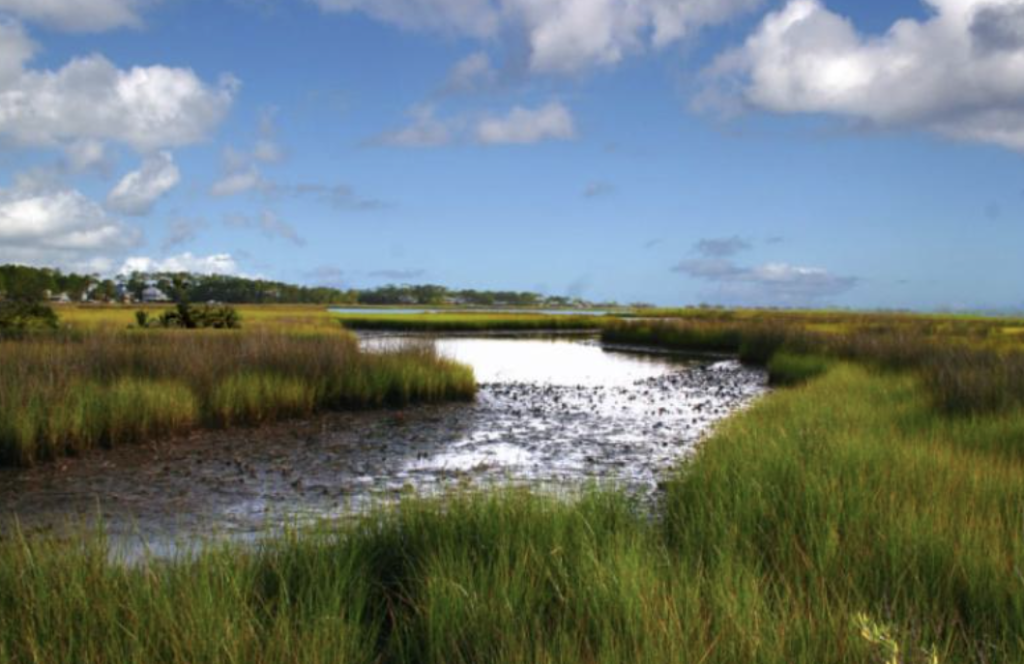NOAA – Estuaries are often called the “nurseries of the sea,” because so many animals love to reproduce and spend the early part of their lives there. Most of the fish and shellfish we eat—including salmon, herring, crabs, and oysters—spend some or all of their life in estuaries. Estuaries provide habitat for about 68 percent of the United States’ commercial fish catch and 80 percent of recreational catch. On the West Coast, they also serve as critical nurseries for threatened and endangered juvenile salmon and steelhead making their transition from freshwater to the ocean. Estuaries are also a major stopover point for migratory animals such as waterfowl.
Bays, harbors, sounds, and other estuaries include habitats like marshes, mangroves, and seagrass beds. You might also find oyster reefs, kelp forests, and rocky or soft shorelines. Each of these habitats are populated with creatures that thrive in that setting. With so much variation, it’s no wonder that estuaries are among the most productive ecosystems on Earth.

Coastal economies rely on estuaries for jobs, shipping, and commercial fishing. In the United States, estuaries are home to 39 percent of jobs and support 47 percent of economic output. In eight states, the estuary regions comprise 80 percent or more of the state’s economy.
One example is tourism. Tourists and residents visit estuaries to hunt and fish, watch birds, take photographs, hike, canoe and kayak, and observe wildlife. Tourism and recreation in coastal areas like estuaries contribute approximately $143 billion to the national economy each year. Ocean-based tourism and recreation industries employ nearly 2.5 million people. Coastal tourism jobs are also growing steadily, at a slightly higher rate than other economic sectors.
Notable United States estuaries include the Chesapeake Bay, Puget Sound, and Tampa Bay.
Estuary regions comprise only 13 percent of the land area of the continental United States, but account for 40 percent of the population.
Along with that popularity comes challenges. Human activities on land can harm estuary health, degrading living conditions for species that live in or visit estuaries. Development pressures, pollution in runoff water, and other threats diminish the ecosystem and economic values of our estuaries. For example, more than a century of development on the West Coast has erased roughly 85 percent of the original estuarine wetlands there.
Discover more from CAPE CHARLES MIRROR
Subscribe to get the latest posts sent to your email.
Leave a Reply